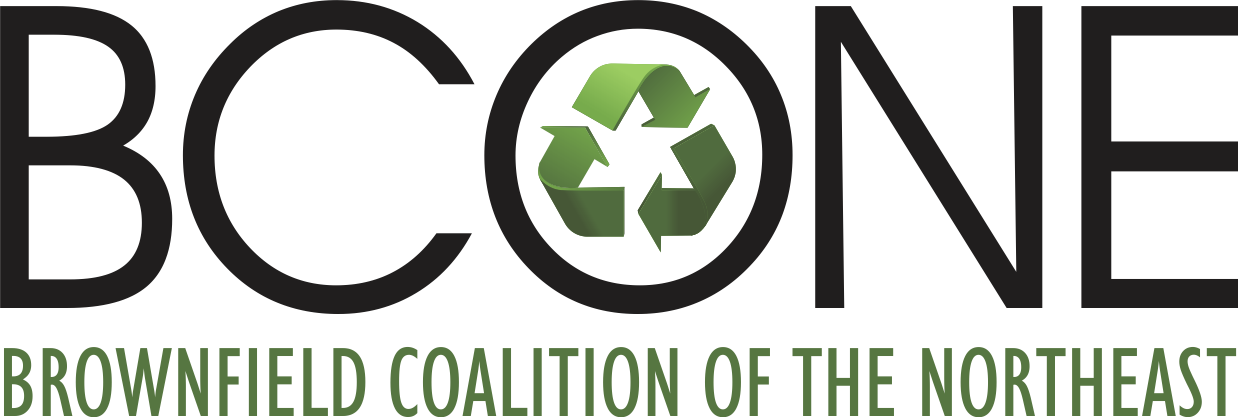by Lindsay Boone, M. Sc., Pace Analytical Services
The reclamation and redevelopment of brownfield sites represent a critical opportunity to breathe new life into underutilized spaces. However, a thorough site assessment is essential to understanding a site’s past usage and the potential it presents for future liabilities. Furthermore, the designation of PFOA and PFOS as hazardous substances under the Comprehensive Environmental Response, Compensation, and Liability Act (CERCLA) has made PFAS a critical component of any site redevelopment assessment.
In this article, we discuss the primary test methods used to analyze PFAS in environmental matrices with the goal of arming readers with the insights they need to chart a clear path forward.
Test Methods for Brownfields Analysis
For the purposes of brownfield redevelopment, an environmental analysis can cover a variety of matrices, such as groundwater, surface water, stormwater runoff, soil and more. In 2024, the U.S. EPA finalized EPA 1633, providing the industry with a standardized, validated method for analyzing targeted PFAS compounds in non-potable aqueous and solid matrices.
We are seeing the EPA as well as state agencies utilize 1633 in programs in National Pollutant Discharge Elimination System (NPDES) permitting. The Department of Defense (DOD) has also relied heavily on EPA 1633 for PFAS remediation projects when analyzing non potable matrices. Yet, while EPA 1633 may be used for brownfield site assessments, these projects do not always involve direct EPA or DOD oversight. This allows project managers in some cases to leverage other test methods for analyzing PFAS in environmental matrices.
An alternative method, ASTM D8421, was developed by the American Society for Testing and Materials to provide the industry with a quick, easy, and robust method for PFAS in non-potable aqueous matrices. This method was validated using reagent water and tested with difficult matrices including landfill leachate, metal finisher wastewater, Publicly Owned Treatment Work (POTW) influent and effluent, and other non-potable water.
The ASTM D8421-22 documentation describes the method this way: This test method covers the determination of per- and polyfluoroalkyl substances (PFASs) in aqueous matrices using liquid chromatography (LC) and detection with tandem mass spectrometry (MS/MS). These analytes are co-solvated by a 1+1 ratio of sample and methanol then qualitatively and quantitatively determined by this test method. Quantitation is by selected reaction monitoring (SRM) or sometimes referred to as multiple reaction monitoring (MRM).
ASTM D8421 provides several advantages over EPA 1633:
- Turnaround time (TAT) is typically faster than more procedurally complex methods like EPA 1633.
- ASTM D8421 is typically a less expensive test to perform than EPA 1633.
- ASTM D8421 is a low-volume test, requiring only three containers of 5 ml each. This makes sample collection and shipping easier and less expensive.
- ASTM D8421 has been validated for 44 PFAS. This includes the 40 PFAS quantifiable by EPA 1633 plus PFPrA, a short chain PFAS, and TFSI, a compound of interest in DOD projects.
- Technically similar to EPA 8327, either method can be cited.
- ASTM D8535 is technically similar to ASTM D8421. Pace® has validated this method for analyzing PFAS in soil and other solids.
ASTM D8421 is a “performance-based” method, meaning it can be adapted or optimized for specific projects or analytical goals. Pace® added isotope dilution which is also used for quantification in EPA 1633.
Is ASTM D8421 a Screening Method?
The short answer to this question is no. However, “screening method” is a user-defined term without a universal understanding or definition. At its essence, ASTM D8421 is a definitive method. There is some confusion regarding the capabilities and ability of ASTM D8421 to meet specific Data Quality Objectives (DQO). To clarify, it is essential to understand the difference between a “screening method” and a “definitive method.”
Definitive test methods deliver data suitable for final decision-making (of the appropriate level of sensitivity, precision, and accuracy) and legally defensible. These methods are typically developed in accordance with rigorous scientific standards to ensure they provide consistent, reproducible results that accurately reflect the presence and concentration of PFAS compounds. Definitive test methods require a precision and bias statement.
Screening methods produce data that can support an intermediate or preliminary decision but should eventually be supported by definitive data. For example, EPA 1621 is defined by the EPA as a screening method as it only “estimates” the concentration of AOF (adsorbable organic fluorine) in a sample. ASTM D8421 can certainly be used by various stakeholders to meet screening-level DQOs; but at its essence, ASTM D8421 is a definitive method.
Interesting Developments Are on the Horizon
Interestingly, the landscape for PFAS test methods can change even faster than the regulations, and there are some interesting developments in the works. As expected, the EPA has proposed adding EPA 1633 to 40 under Methods Update Rule 22, further cementing the use of these methods in EPA regulatory actions.
Just as importantly, MUR 22 also proposes incorporating ASTM D8421 by reference. “By reference” simply means that the Congressional Federal Record (CFR) will link out to documents authored by the standards body that developed the method instead of including all details in the CFR. This relieves at least some of the documentation burden for the agency. Once ASTM D8421 has been incorporated as a “Part 136” test method, the EPA can incorporate it into other Clean Water Act (CWA) regulatory programs if it so chooses.
The Author:

|
Lindsay Boone, M.Sc. is a PFAS Technical Specialist at Pace® Analytical Services and frequent speaker on PFAS-related issues including treatability and remediation studies.
|

